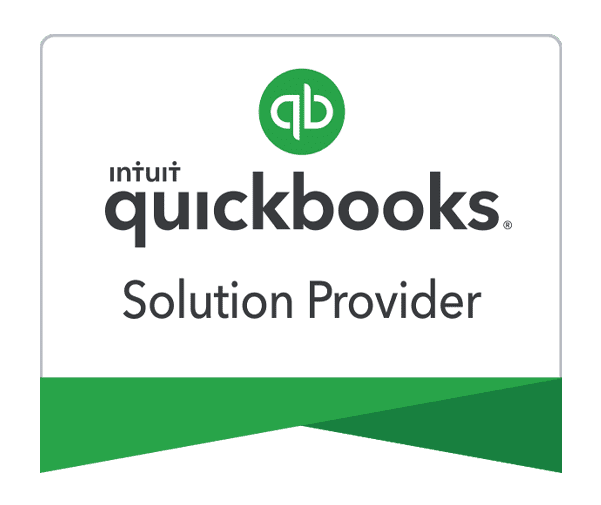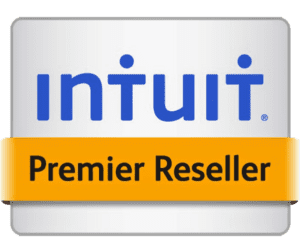Just register for the free trial below and we will send you everything you need to evaluate QuickBooks Enterprise including 30-day access, sample company files, and the full 88-page QuickBooks Enterprise Guide that details everything that you can do in the software. Free end-to-end consultation and support are included so if you need any help along the way, just let us know!
Real-Time Visibility Across Entities: Top 10 Benefits of Consolidated Reporting in QuickBooks Enterprise

Paygration, Inc.
Consolidated reporting in QuickBooks Enterprise offers businesses a comprehensive view of their financial data across multiple entities or departments, providing insights into performance, trends, and opportunities for growth. In this guide, we’ll explore the top 10 benefits of consolidated reporting, how it works, sample scenarios, and how businesses can leverage it to make informed decisions.
How Consolidated Reporting Works
Consolidated reporting in QuickBooks Enterprise allows businesses to aggregate financial data from multiple company files or departments into a single, centralized report. This process involves mapping and standardizing account codes, currencies, and other financial metrics across entities to ensure consistency and accuracy in reporting. Once the data is consolidated, businesses can generate customized reports, such as balance sheets, income statements, cash flow statements, and performance dashboards, to gain insights into overall financial health and performance.
Explore the top 10 most popular reports in QuickBooks Enterprise.
If you would like to try the full version of QuickBooks Enterprise Desktop, click here to get a free, 30-day no-commitment trial plus access to the Resource Guide that lists all the features available in Enterprise.
The Top 10 Benefits of Consolidated Reporting
1. Holistic Financial Visibility
Consolidated reporting provides businesses with a holistic view of their financial data, allowing them to see the big picture across all entities or departments. By aggregating data from multiple sources into a single report, businesses gain insights into overall performance, trends, and areas of opportunity. This comprehensive visibility enables stakeholders to make informed decisions based on a complete understanding of their financial position, rather than relying on fragmented or siloed data
2. Streamlined Decision-Making
With consolidated reporting, businesses can streamline decision-making processes by having all relevant financial information readily available in one place. Instead of spending time gathering and reconciling data from multiple sources, decision-makers can access consolidated reports that provide a clear overview of key metrics and performance indicators. This enables faster and more informed decision-making, which is crucial in today’s fast-paced business environment.
3. Improved Accuracy and Consistency
Consolidated reporting helps ensure data accuracy and consistency by standardizing financial metrics and eliminating discrepancies that may arise when reporting separately for each entity or department. By centralizing financial data and applying uniform reporting standards, businesses can minimize errors and discrepancies, leading to more reliable and trustworthy financial information.
4. Enhanced Financial Analysis
Consolidated reporting enables businesses to conduct more robust financial analysis, such as variance analysis, trend analysis, and ratio analysis. By comparing performance across entities or departments, businesses can identify areas of strength, weakness, and opportunities for improvement. This deeper level of analysis allows stakeholders to gain valuable insights into their financial performance and make data-driven decisions to drive business growth.
5. Cost Savings
By consolidating financial data into one centralized report, businesses can reduce the time and resources required to generate and analyze financial reports. This leads to cost savings in terms of labor, software, and other resources associated with financial reporting processes. Additionally, by streamlining reporting workflows and eliminating redundant tasks, businesses can improve operational efficiency and allocate resources more effectively.
6. Compliance with Regulatory Requirements
Consolidated reporting helps businesses comply with regulatory requirements and accounting standards by providing accurate and transparent financial statements for external stakeholders. By consolidating financial data from multiple entities or departments into one standardized report, businesses can ensure compliance with GAAP, IFRS, and other regulatory frameworks. This reduces the risk of non-compliance and helps maintain trust and credibility with investors, regulators, and other stakeholders.
7. Facilitated Benchmarking
With consolidated reporting, businesses can benchmark their performance against industry peers or internal targets more effectively. By comparing key metrics and performance indicators across entities or departments, businesses can identify areas of competitive advantage and areas needing improvement. This benchmarking process enables businesses to set realistic goals, track progress, and make informed decisions to drive continuous improvement and stay ahead of the competition.
8. Efficient Resource Allocation
Consolidated reporting enables businesses to allocate resources more efficiently by identifying areas of high performance and areas needing improvement across entities or departments. By analyzing financial data in a consolidated format, businesses can identify opportunities to optimize resource allocation, such as reallocating funds to high-performing areas or reallocating manpower to areas needing improvement. This helps businesses maximize the return on investment and achieve their strategic objectives more effectively.
9. Strategic Planning and Forecasting
With consolidated reporting, businesses can develop more accurate forecasts and strategic plans based on a comprehensive understanding of their financial position. By analyzing historical data and trends across entities or departments, businesses can identify patterns and drivers of performance, allowing them to make more informed predictions about future outcomes. This enables businesses to develop realistic goals and action plans to drive growth, mitigate risks, and capitalize on opportunities.
10. Improved Investor Confidence
Consolidated reporting instills investor confidence by providing transparent and reliable financial information. By consolidating financial data from multiple entities or departments into one standardized report, businesses demonstrate strong governance and financial management practices. This transparency helps investors and stakeholders make informed decisions about investing in or partnering with the business, leading to increased investor confidence and support for growth initiatives.
Sample Scenarios
- Multi-Location Retail Chain: A retail chain with multiple locations can use consolidated reporting to compare sales performance, track inventory levels, and analyze profitability across stores.
- Global Manufacturing Company: A multinational manufacturing company can consolidate financial data from its international subsidiaries to assess currency risks, optimize supply chain operations, and streamline reporting for stakeholders.
- Professional Services Firm: A professional services firm with multiple practice areas can consolidate financial data from different departments to assess revenue streams, analyze project profitability, and allocate resources more effectively.
Experience the Power of Consolidated Reporting In Enterprise
Ready to experience the benefits of consolidated reporting in QuickBooks Enterprise? Sign up for a free trial or schedule a demo today to see how it works. Additionally, for expert guidance on implementing consolidated reporting or optimizing your financial management processes, contact the experts at Paygration by calling 866-949-7267.
















